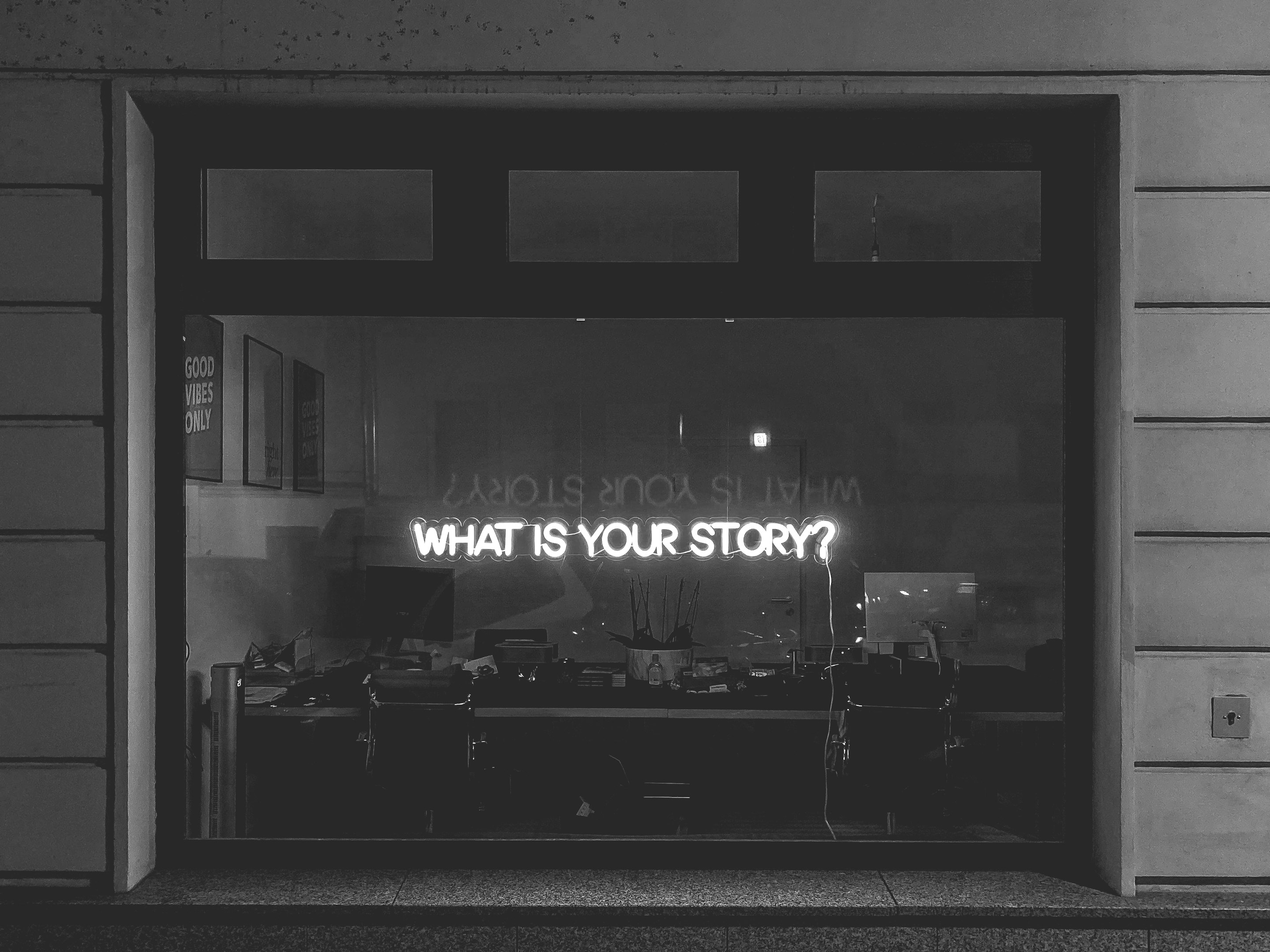New rules of communication: the 3 commandments of storytelling

The rules of the communication game have changed dramatically over the last ten years. Traditional media have largely lost their agenda-setting function. In the competition for attention on digital channels, arguments have been replaced by emotions. Those who master the new game and can tell their story will make this change a success for their company or organization.
Social media: new rules for communication
The massive increase in the importance of social media over the past ten years has not only had a significant impact on the technological aspects of communication, but above all on the cultural aspects. Social media is becoming the dominant factor in the agenda-setting process. Grassroots movements such as #metoo and the anti-racism movement "#blacklivesmatter" would be just as unthinkable without social media as Fridays for Future. Away from the structures of traditional political actors (parties, states, large NGOs), Fridays for Future has developed into one of the most politically influential global mass movements in less than a year. On the world's first climate strike, on March 15, 2019, around 1.8 million people took to the streets at the same time. The fact that the motto of the new EU Commission's program is "New Green Deal" is due not least to the agenda-setting power of the Fridays for Future movement. How do such movements, with virtually no structures or financial resources, manage to place their concerns on the political agenda so effectively?
Loss of the agenda-setting function through traditional media
The dramatically lowered economic barrier to entry for participation in the agenda-setting process is a decisive factor here. In the past, hundreds of millions in advertising and large structures were required to spread a message in traditional linear media and thus create attention and relevance for a topic. Today, countless digital channels are available at considerably lower cost.
Whether this is an institutional player, such as a political party, a listed global corporation or a 15-year-old influencer playing this powerful communication organ is irrelevant. Provided you can handle the channels professionally. David often wins against Goliath in this match.
A second key factor is the exponential multiplication mechanism behind all social media channels for content that manages to "go viral". The dialogical and participatory formats of social and digital media enable a significantly higher level of identification among the recipients of communication. Through their own user behavior, they become multipliers of the content they support with very little effort.
Fake news instead of mass media as gatekeepers?
The concept of mass communication, whose main vehicles are editorial media, is contrasted in the digital world by a culture of "multi-individual communication". In this culture, all users seem to communicate on an equal footing. They are sender, receiver, commentator and activist all in one. The dominant view of things in their own bubble is the only possible, quasi-alternative-free way of looking at things. The gatekeeper function in the political agenda-setting process, which in the past was reserved for traditional, editorial media, is - if not completely, then certainly to a considerable extent - nullified. Away from the professional journalistic corrective, facts are mixed with world views. One side's fake news is another side's alternative facts.
Emotion instead of argument
In this context, communication functions much more strongly than in the past as an instrument for asserting one's own interests and rallying absolute majorities behind one's own point of view. In the new communication culture, conflicts take priority over consensual solutions to avoid lasting polarization. This naturally also applies to Fridays for Future, which has essentially placed a generational conflict at the center of its communication strategy.
Attention is the new power factor
An increasing abundance of available content is being distributed via a constantly growing variety of increasingly fragmented news channels. As attention spans continue to shorten, competition for relevance is intensifying. Reed Hastings, head of the world's leading streaming service Netflix, says when asked who his competitors are: his biggest rival in the battle for viewers' time spent on his channel is sleep.
This fundamentally changed economy of attention is leading to a considerable shift in the power structure: Despite their structures and economic resources, the well-connected, established elites are becoming less and less likely to get through with their concerns. Traditional political parties often have little to counter the agile, communicatively fit actors that seem to come out of nowhere and form themselves into movements.
Communication as a management tool in change
The focus of successful communication is on those topics, which are considered relevant by the target groups, in the case of companies for example investors, customers and employees. Relevance does not necessarily result from objective facts, but from subjective perception. This insight from communication psychology is not entirely new: Austrian-born Stanford professor, communication scientist and psychologist Paul Watzlawik referred to this phenomenon as second-order reality back in 1978.
The individual story is therefore taking center stage. Products are built around strong stories. These stories are the integrative component, the DNA of organizations and products. Only those who can tell their story have a chance to be heard and to exist in the "new reality" - with employees, business partners, customers and investors.
The three commandments of storytelling in change, the new power factor in communication, are
- The ability to place content relevantly on as many channels as possible.
- To assert your own content against other content in the competition for increasingly scarce attention. The following applies: conflict instead of consensus, emotion instead of argument, digital instead of analog
- Putting the story on the public agenda for a long time and sustainably through an exponentially growing network of (ever-multiplying) contacts.
Communication must be rethought. Only those who master it and use communication as a management tool for transformation will be heard, understood, shared and bought.